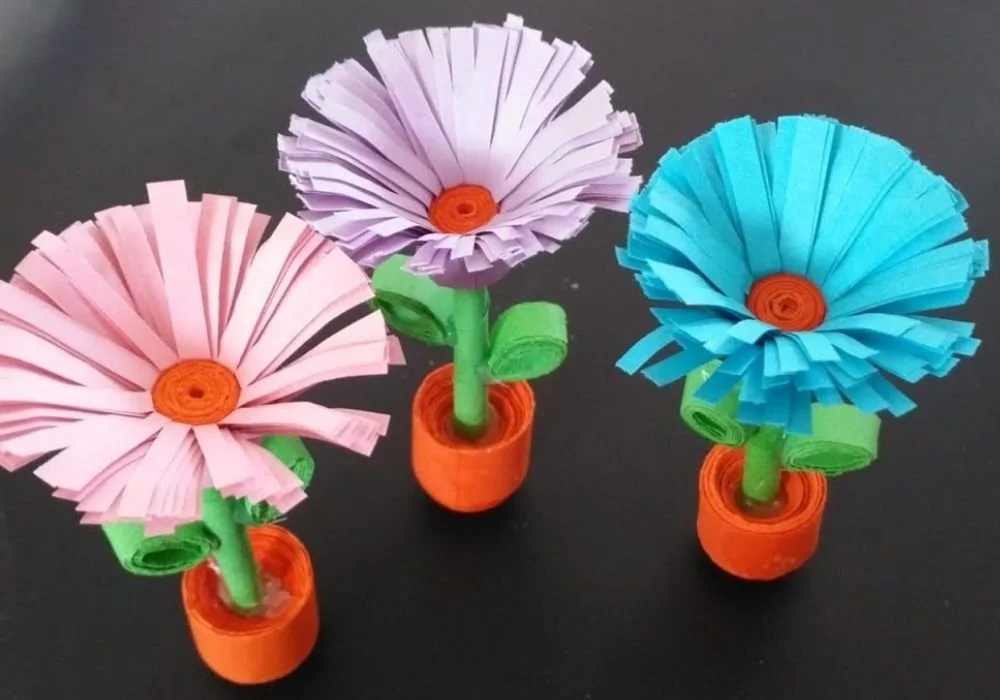Paper cutting, or 剪紙, is one of the most enduring and visually captivating traditional folk arts in China and across East Asia. This intricate craft, typically created from red paper and featuring symmetrical designs, plays a crucial role in festivals, weddings, and religious ceremonies.
Historical Origins
The roots of paper cutting date back to the Han Dynasty (206 BCE–220 CE) after the invention of paper by Cai Lun. Initially reserved for religious rituals and royal court decorations, the art later became widespread among the common people. It served as a medium of both storytelling and symbolic expression.
Techniques and Tools
Paper cutting relies on precision tools, primarily scissors and knives. Designs range from geometric patterns to elaborate depictions of myths, animals, and daily life. Master artisans can craft layered paper cuttings with stunning depth and detail.
Cultural Importance
剪紙 carries symbolic meanings — a butterfly might represent longevity, while fish often symbolize wealth. These designs are typically placed on windows, walls, or doors during Lunar New Year celebrations to bring good luck and prosperity.
Modern Applications
While traditional uses persist, contemporary artists are pushing boundaries, incorporating digital design, mixed media, and installation art.剪紙 is now being taught globally, bridging generations and cultures.
Growing up in a small village in southern China, paper cutting (剪紙) was more than just a decorative tradition — it was part of our soul. Every Spring Festival, my grandmother would bring out a box of scarlet paper sheets, her timeworn scissors, and a wooden board that had seen decades of cuts and folds. Watching her work was like watching magic unfold. As a child, I didn’t understand the depth behind it — I just saw shapes and patterns. But as I grew older and moved to the city, I realized剪紙 was a quiet storyteller of our heritage.
Years later, I found myself in a foreign land, far from home and family. Feeling homesick, I decided to try剪紙 again. My hands were clumsy, and my cuts were uneven. But the moment I folded the red paper and made my first symmetrical cut, memories flooded back — the warmth of home, the scent of dumplings steaming in the kitchen, the sound of firecrackers outside.
Paper cutting became more than a craft to me; it was a therapy. I began practicing more seriously, studying traditional patterns like the “Double Happiness” symbol and zodiac animals. Through this, I connected more deeply with my cultural roots. Every piece I made told a story — not just of Chinese tradition, but of my own longing, nostalgia, and eventual acceptance of living between two worlds.
—-

